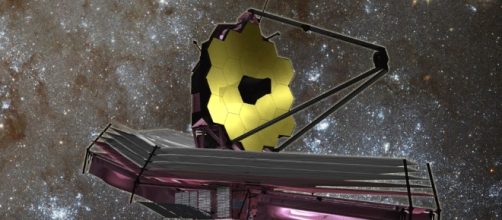The successor of Hubble’s Telescope will be the James Webb Space Telescope. It is one of the world’s most expensive telescopes and is being readied for launch at the NASA Godard Space Flight Center. In two years the $8 billion telescope will be parked a million miles above the earth to look for the faintest lights which must have originated at the beginning of time just after the episode of the big bang.
The James Webb Space Telescope will be able to peep into the center of galaxies to study the black holes. It will also try to look for world’s where there is a possibility of life.
Number of tests before final launch
However, the journey is not easy and will involve many complicated maneuvers. In March the telescope will be sealed in a climate-controlled container and transported to Joint Base Andrews where it will be hauled by a C-5C military transport aircraft to NASA Johnson Space Center, where it will be placed in a chamber which mimicked the vacuum in deep space. After this process, it will be flown to Los Angeles to the Northrop Grumman facility to be mated with sun shield and navigational hardware. The telescope will be blasted into space atop a European Ariane Rocket sometime in 2018.
Worthy successor of Hubble
Closing In On Launch: NASA's Gold-Mirrored, $8 Billion Webb Space Telescope https://t.co/d3Y80POj7H #NDTVNewsBeeps pic.twitter.com/Kb8oWm3Vkq
— NDTV (@ndtv) February 25, 2017
The Webb telescope is much bigger and more complex than its predecessor, the Hubble telescope.
While the Hubble had a 2.4-meter mirror, the Web had more than 18 Hexagonal mirrors together forming a giant mirror of 6.5 meters. The Web telescope is seven times more sensitive than its predecessor.
The telescope will also observe the universe in infrared wavelengths, something the earlier telescopes could not do. The Webb telescope has been designed to withstand extreme cold of the space, a necessary prerequisite for infrared astronomy.
What's next for #JWST after finishing vibration testing? Acoustic testing! Read more: https://t.co/UlrOGd9cV5 pic.twitter.com/ZzHdGqu6US
— NASA Webb Telescope (@NASAWebb) February 24, 2017
The prime targets for Webb telescope are the red spots on Jupiter, Titan, Pluto and its moon Charon and also some TNO or Trans-Neptunian Objects.
This week NASA has announced the discovery of seven Earth-like planets orbiting the nearby star.

